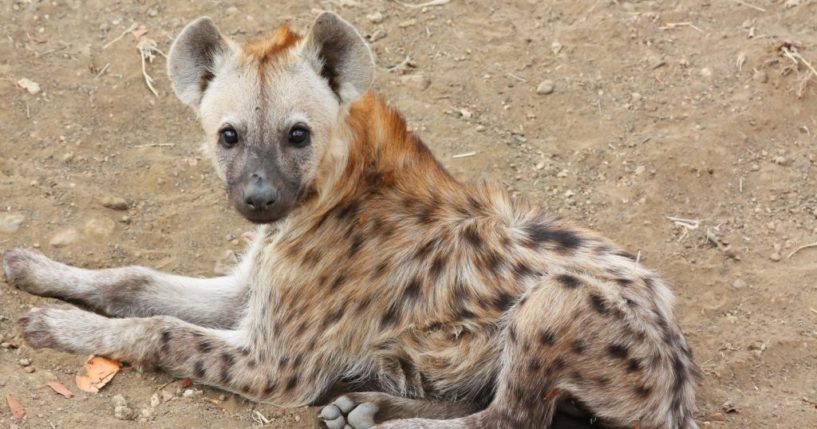
Hyenas, Wild Dogs And Cheetahs Disappearing From African Savannah
<img src=”https://storage.googleapis.com/prod-zenger-storage/image/ed6f36fd-9464-44d8-9e70-c234ea8d4a75.jpg” alt=”A hyena sits looking at the camera. Hyenas, wild dogs and cheetahs are disappearing from the African savannah, warns new research. (Greens and Blues via Shutterstock).”>
They are among large carnivores being driven to extinction by habitat loss, persecution by humans and reduced prey.
Their plight has been overlooked owing to the focus on lions, leopards and other top predators.
Lead author Dr. Paolo Strampelli, of the University of Oxford, said: “Research effort is significantly biased towards lions and against striped hyenas despite the latter being the species with the widest continental range.
“African wild dogs also exhibited a negative bias in research attention, although this is partly explained by its relatively restricted distribution.”
The study in the journal PeerJ is the first of its kind – based on a systematic review of population assessments over the last two decades.
Identifying knowledge gaps will improve conservation efforts by guiding funding, investment and priorities.
Strampelli said: “Our findings highlight the urgent need for additional cheetah population assessments, particularly in northern, western, and Central Africa.
“Due to their large country ranges, studies in Chad and Ethiopia should especially be considered a priority.”
The international team found biodiversity monitoring may not be evenly distributed or occurring where most needed.

Computer models showed assessments have been biased – in particular towards South Africa and Kenya. Northern, western and Central Africa are under-represented.
Most studies have been carried out in tourism areas under government management, non-protected and trophy hunting regions received less attention.
Reducing biases would help ensure all species and areas of conservation importance have an adequate knowledge base available, with the potential to improve their outlook.
Specifically, 26 countries currently lack any published estimates – especially Angola, Democratic Republic of Congo, South Sudan and Chad.
The study found only 59 percent of studies outside South Africa included a co-author from the country being analyzed.
It reinforces suggestions research in developing countries is disproportionately led by scientists from more developed areas.
Strampelli and colleagues called for donors and foreign researchers to maximize involvement of local scientists, students and practitioners in future assessments.
This includes provision of training, funding, and equipment. Donors and funders should encourage efforts in understudied regions and species.

This will ensure conservation occurs where it is most needed. Population assessments of striped hyena are needed.
Further population assessments of African wild dogs are essential, particularly given the species is classified as endangered.
Such efforts are especially required in countries that have been identified as critical for the species.
No recent assessments have been carried out in some countries, including Botswana and Tanzania.
Strampelli said: “There is an urgent need for additional cheetah population assessments, particularly in northern, western, and Central Africa.
“Due to their large country ranges, studies in Chad and Ethiopia should especially be considered a priority.
“As in the case of African wild dog, development and standardization of cheetah population monitoring techniques, including the exploration of citizen-science based approaches, are recommended.”
The post “Hyenas, wild dogs and cheetahs disappearing from African savannah” appeared first on Zenger.
Produced in association with SWNS Talker.
Edited by Saba Fatima and Joseph Hammond
The Western Journal has not reviewed this story prior to publication. Therefore, it may not meet our normal editorial standards. It is provided to our readers as a service from The Western Journal.
Truth and Accuracy
We are committed to truth and accuracy in all of our journalism. Read our editorial standards.
Advertise with The Western Journal and reach millions of highly engaged readers, while supporting our work. Advertise Today.










